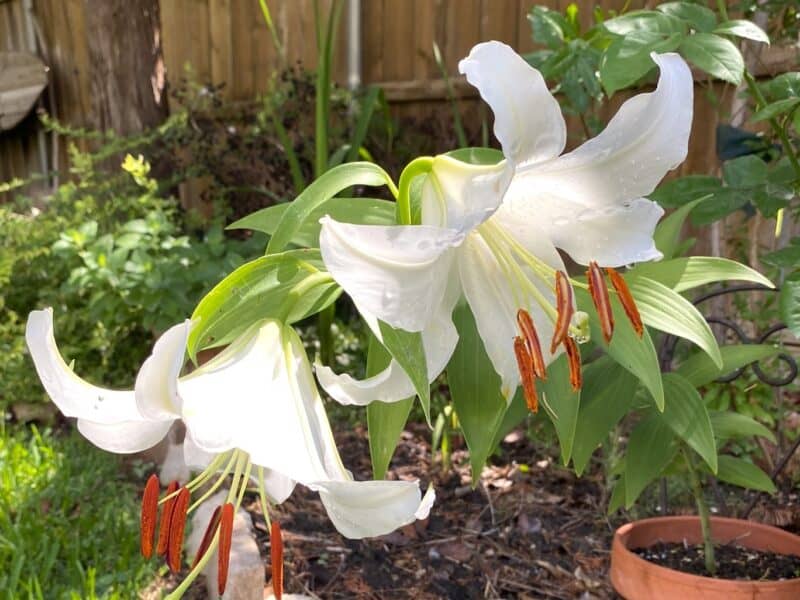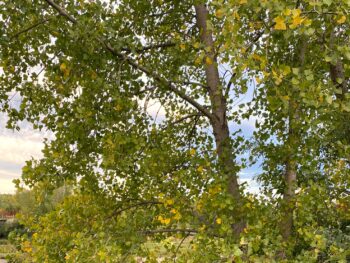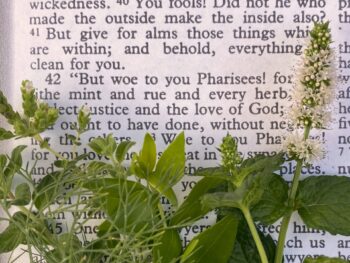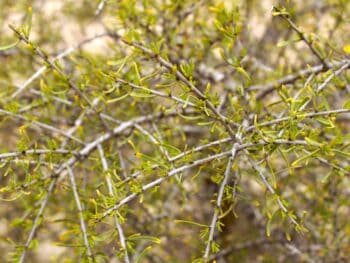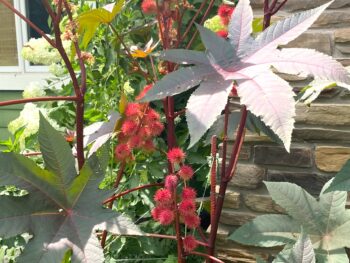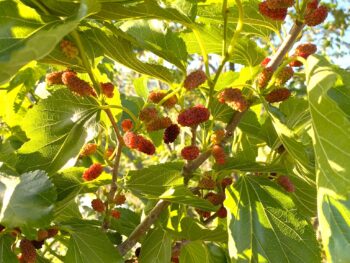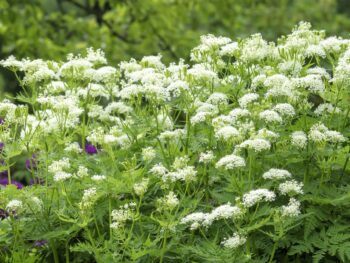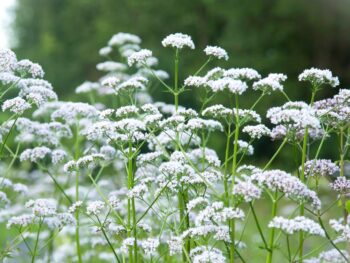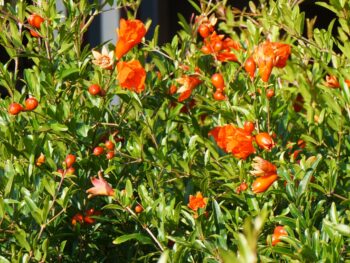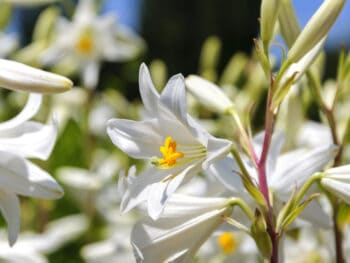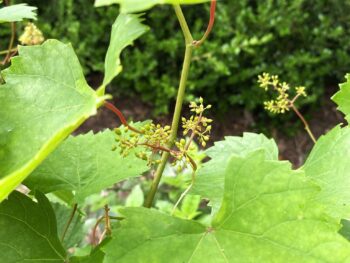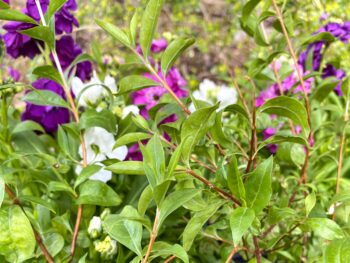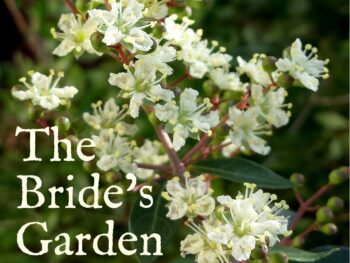Do you take garden notes at the end of the season, writing down what thrived and what died, a journal or record to refer to in succeeding years? With summer officially turning to fall this weekend, I thought I would recap The Bride’s Garden, reporting on the blooming succession of plants composing this special Song of Songs garden.
Remember we dug into King Solomon’s bridal songbook together through the Lenten season last spring, drawing close to the Lord and swooning with Jesus in the flowering, fruiting plants contained in this juicy chronicle of garden matrimony. God hints throughout the Bible of His Bridegroom-like devotion to His people, and the lavish botanical descriptions of spicy scents, luscious fruits, and enthralling garden views in Song of Songs give us things to have and to hold as we cultivate a deeper longing for Him. Thus began The Bride’s Garden.
click here for The Bride’s Garden – a Series of 7 Study
How did this Song of Songs garden grow in north Texas, thousands of years and miles away since this poetic garden plan was revealed in Scripture? Below is a candid run-down on plant performances, beauties and blunders to inspire or avoid in future seasons.
Blossoming Henna – Maybe Never
Henna plants loved our summer heat and grew full and lush, to nearly 5 feet of leafy loveliness. They filled in beautifully behind lily stalks (more on lilies next) and made a pleasing mini-hedge. However: No blossoms.
He is like a bouquet of henna blossoms—henna plucked near the vines [at En-gedi]. Song of Songs 1:13-14 TPT
This is understandable, given that our hennas were transplanted in the spring season, during their time to bloom; it is not unusual to have to wait for the plants to be established at least a year before flowers appear.
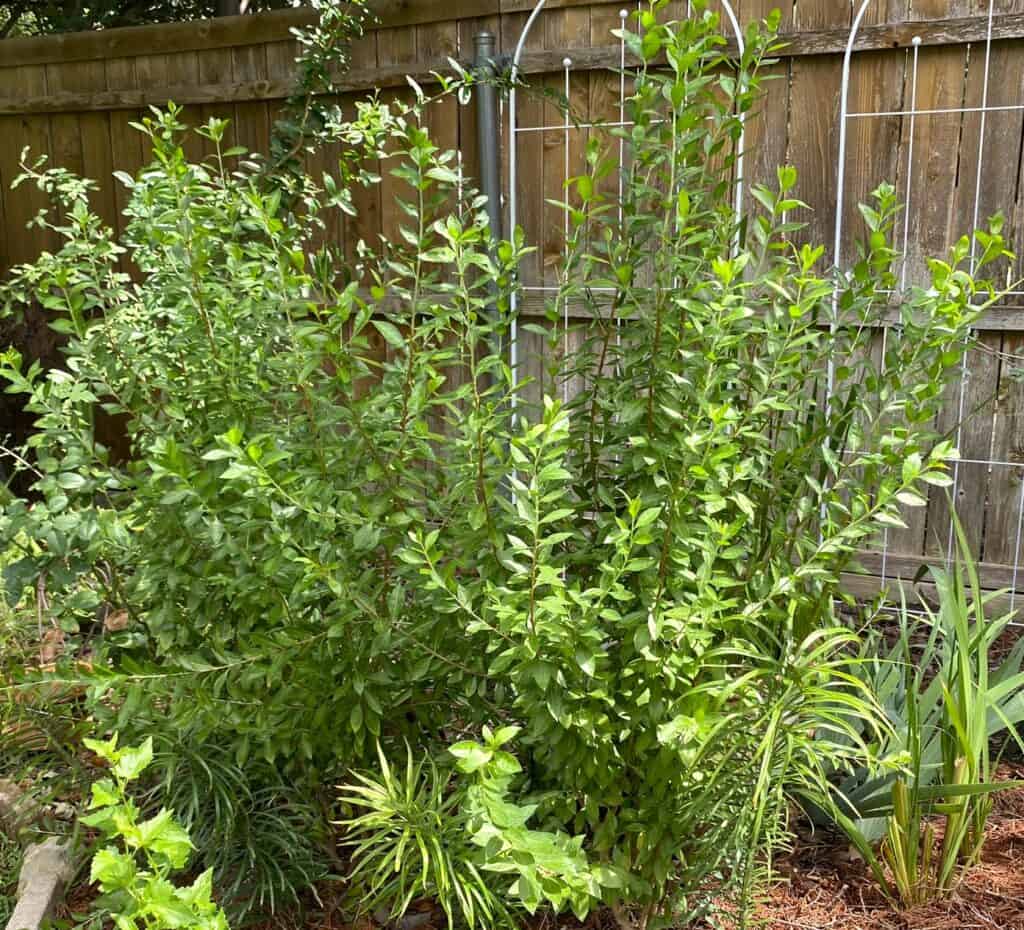
Yet I will need to cut them back and cover them through the winter or dig them up to put in pots and bring indoors once temperatures drop below 50 degrees, likely disrupting their bloom cycle once again…such are the woes of stretching them out of their “comfort zone,” that is, cold hardiness zones 10-11. I will never likely witness “blossoming henna” in my Bride’s Garden, but I like their lushness with the lilies and have plenty of leaves to share with my Indian neighbors for making henna dye.
read more about caring for henna in Blossoming Henna in The Bride’s Garden
Browsing Among the Lilies – Sheer Delight
Lilies played the starring role on our Song of Songs garden, revealing bright white, showy flowers and charming fragrance—the ‘Casa Blanca,’ that is.
My beloved has gone down to his garden, to the beds of spices, to browse in the gardens and to gather lilies. I am my beloved’s and my beloved is mine; he browses among the lilies. Song of Songs 6:2-3 NIV
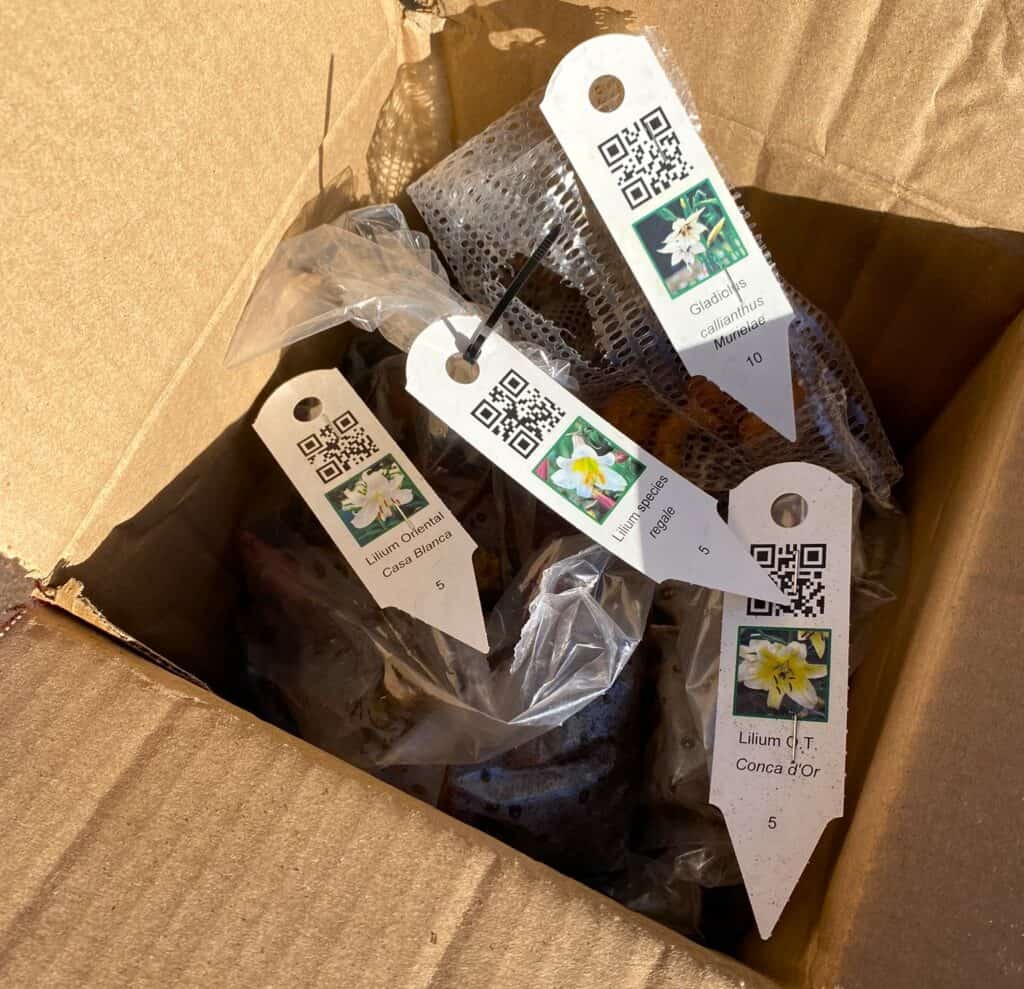
I planted 3 types of lilies, hoping to have a successive bloom and bountiful variety for “browsing.” That plan prevailed so-so. As I said, Lilium oriental ‘Casa Blanca’ from Brent & Becky’s Bulbs began blooming at the start of summer and kept a starring role after 2 disappointments: ‘Conca d’Or’ was a flop, their flowers somewhat dull and non-descript, and Lilium regale made great food for rabbits, drat! Spring bunnies nibbled stalks to the ground before I could save them.
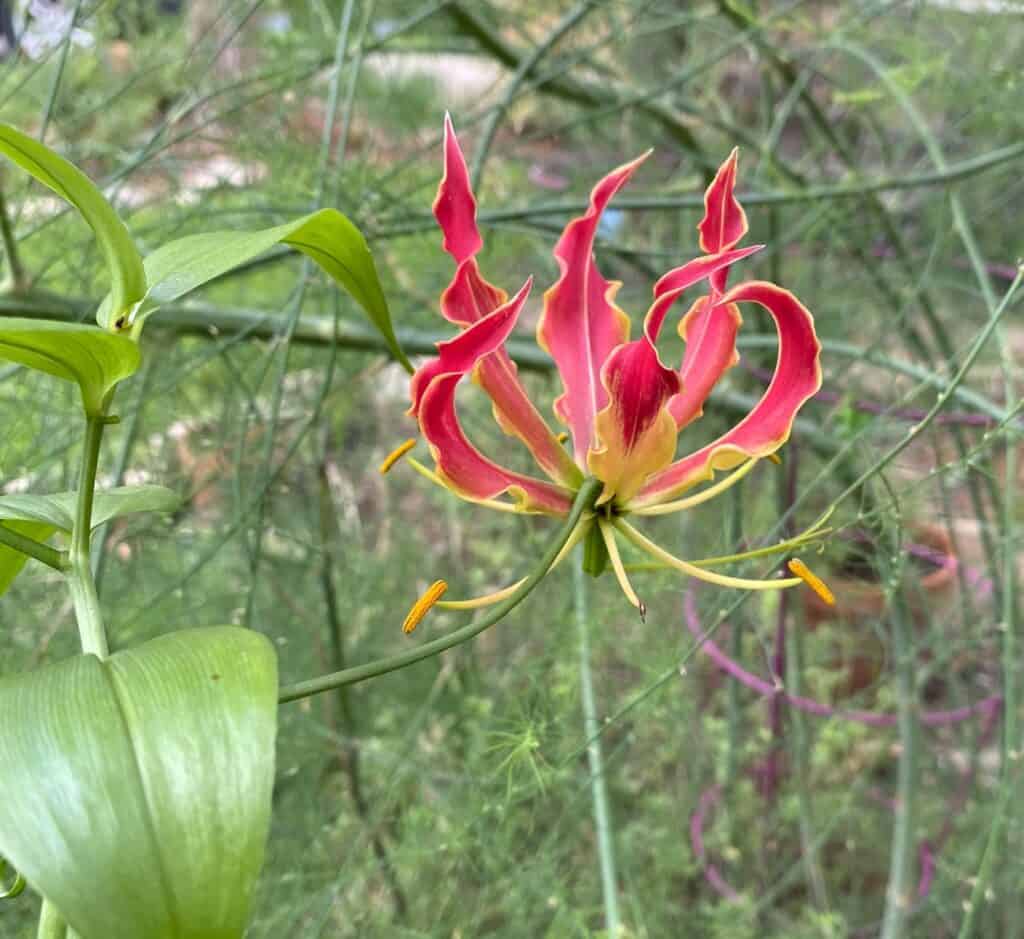
I have left all lily bulbs in place to hopefully return next year, maybe with better success. Of course, I plan to add more ‘Casa Blancas’!
‘Gloriosa lily’ gave me two stunning flowers, but that’s about it. I had hoped they would twine trellises behind the pomegranate tree, but no luck. Perhaps too much shade or too little water? However, the blooms that did appear were dazzling, popping into bloom at Pentecost in June. Don’t they remind you of the flames of fire that touched everybody’s heads in Acts 2?
read more about lilies to plant in Browsing the Lilies in The Bride’s Garden
Fragrance Everywhere – Not Exactly
While we agreed our Song of Songs gardens would not support actual spikenard, Nardostachys jatamansi, a rare alpine flower not readily available commercially, I suggested several substitutes for adding fragrance to The Bride’s Garden.
There is no lack of henna and nard, of saffron, calamus, and cinnamon, or incense of every kind. Myrrh and aloes grow there with all the most fragrant perfumes. Song of Songs 4:12-14 GNT
Tuberoses and gladiolus were my go-tos, from a substitutes list suggested here. I had only one tuberose flower, but they are reported to bloom better in the second year. Tuberose appeared at the same time as ‘Casa Blanca’ lilies.
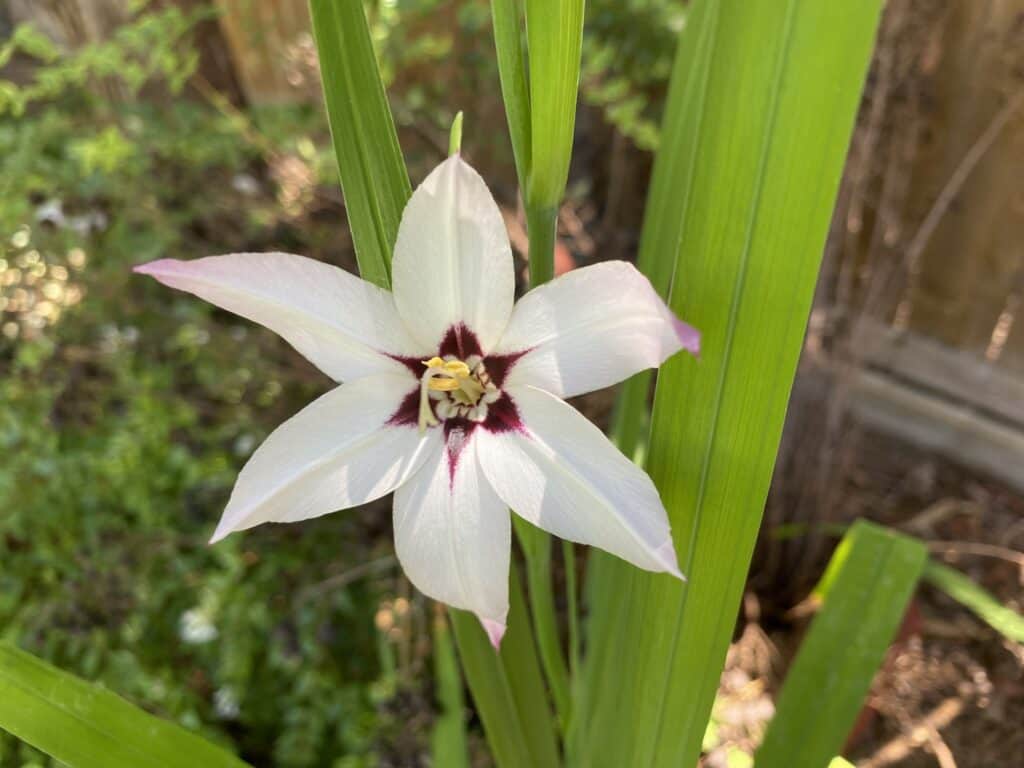
Later in the summer, Gladiolus ‘Muriela,’ began blooming: if lilies were the delight of the garden, these gladiolus blossoms, blooming in single appearances over several weeks, were the demure treasure of this gardening adventure, one of my new flower favorites! I featured them in my Substack Summer Newsletter, too. Gladiolus might make another Song of Songs appearance as the “rose of Sharon” (Song of Songs 2:1). They weren’t very fragrant, but their beauty stood out among garden foliage. I’ve had a few fall blooms, too!
I grouped these spikenard substitutes around a pot of calamus, along with bearded iris, magnifying the impact of reed-like, spikey leaves. Calamus prefers pond-edge conditions, so this container is plugged and filled with peat moss and river rocks (topped off with a mosquito dunk!) to create a pond in a pot, so to speak. The surrounding flowers need only moderate watering by comparison. The massing of these sword-like leaves—gladiolus are sometimes called sword lilies—gives a visual variety and contrast to ruffly, plentiful leaves of henna plants and pomegranate trees.
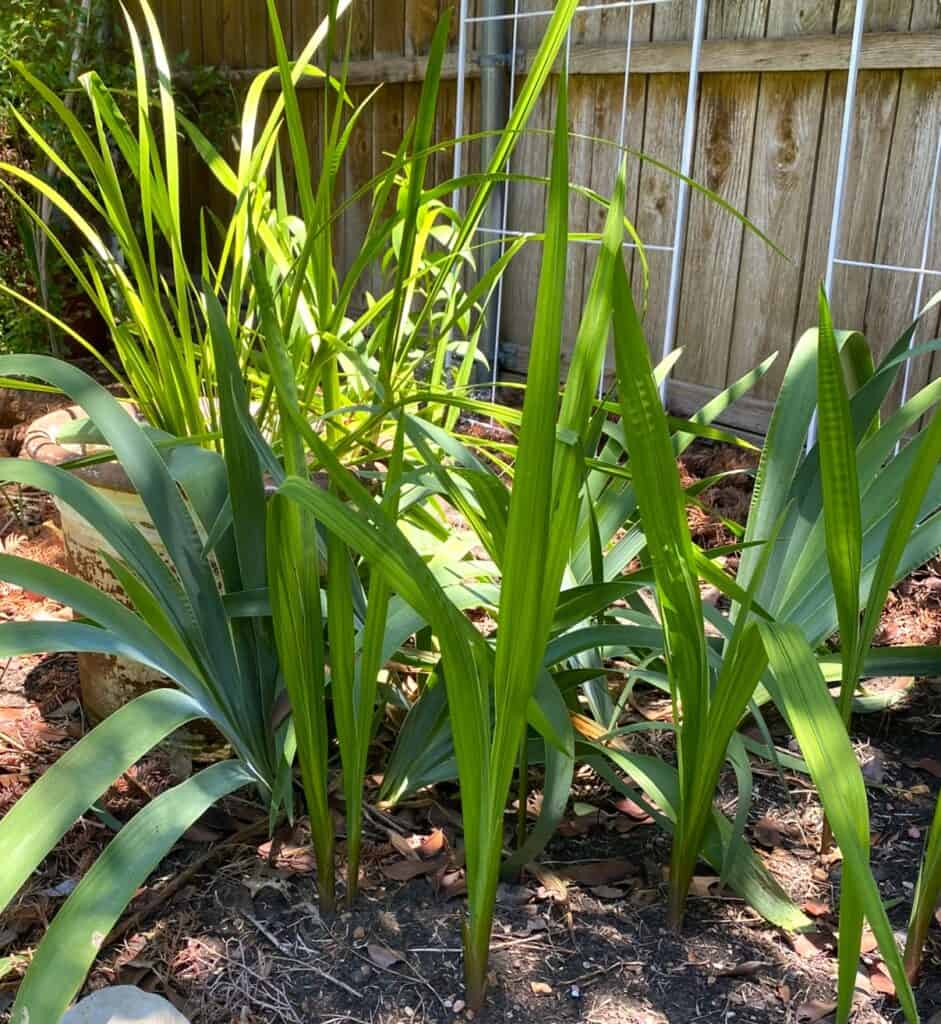
read more about spikenard substitutes in Fragrance Everywhere in The Bride’s Garden
Flowing Myrrh – Coming Soon!
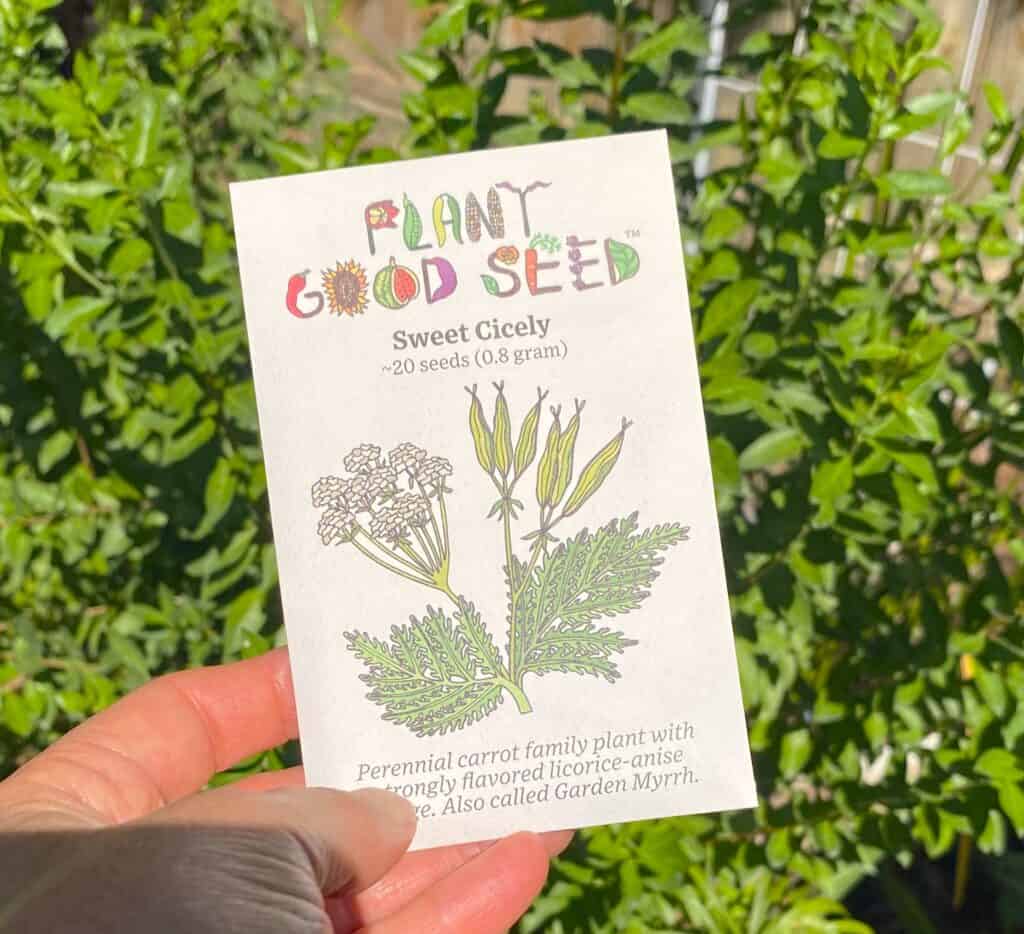
And this brings us to fall, the time to plant our “garden myrrh” seeds or sweet cicely, Myrrhis odorata, from The Plant Good Seed Co. Named in honor of myrrh’s enrapturing odor (its botanical name, that is), yet resembling nothing of myrrh’s botany or horticulture, sweet cicely is just the plant I’ve been looking for to fill in along our fence line. I’ve ordered seeds and look forward to sowing them soon, in the cold soil of late fall. Their licorice-scented, lacy flowers are something to look forward to next year, and give a gesture towards the spice plants so prominent in Song of Songs.
read more about myrrh for your garden in Flowing Myrrh in The Bride’s Garden
The Bride’s Garden Epilogue
In summary, planting with the Song of Songs in mind will give you a beautiful composition of summer green foliage and a succession of singular flowers standing tall and blooming from late spring to summer. Fill in with white annuals at ground level if you desire to dress it up! As the garden continues to establish and flourish over the years, pomegranates will punctuate the fall with a reminder of God’s abundant love and blessing. Most of all, gazing upon this special spot in your yard everyday will help you remember that you are a bride and to keep ready, remembering the Lord and anticipating an encounter with Him.
The wise bridesmaids took their lamps and more oil in jars. Because the bridegroom was late, they became sleepy and went to sleep. At midnight someone cried out, ‘The bridegroom is coming! Come and meet him!’ Then all the bridesmaids woke up and got their lamps ready…So while the five foolish bridesmaids went to buy oil, the bridegroom came. The bridesmaids who were ready went in with the bridegroom to the wedding feast. Matthew 25:4-7, 10 NCV
Closing Prayer
Dearest Lord, thank you for planting a garden and creating me to enjoy planting gardens, too! I love to learn about You in the language of plants—and flowers, spices, and fruit. What stirring reminders of Your love and Your plan; how I long to be at your feast. Lord, show me how to be ready for You, as the bridesmaids in Your parable (Matthew 25:7,10). Let me cultivate the oil of joy and gladness with You as I think of You during my garden work. Come, Lord, Jesus, come! Amen.
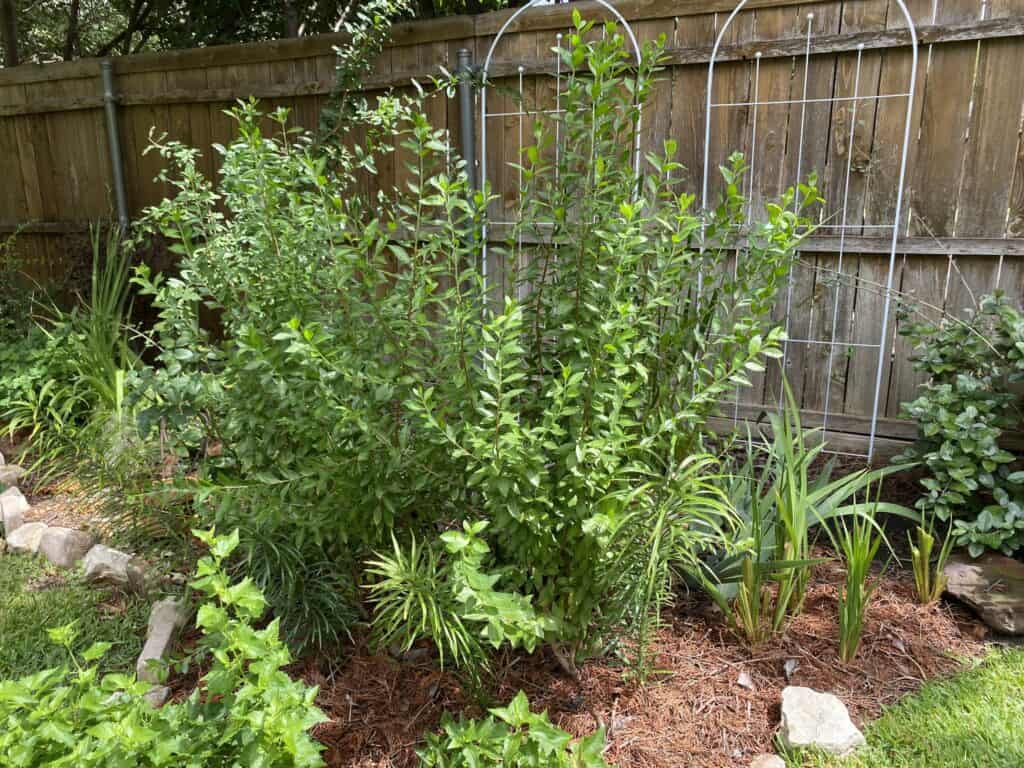
Come to me, and I will refresh your life, for I am your oasis. Simply join your life with mine. Learn my ways and you’ll discover that I’m gentle, humble, easy to please. You will find refreshment and rest in me. Matthew 11:28 TPT

The Bride’s Garden is a 7-week study series, focusing our thoughts and meditations on God’s Words of garden matrimony. Especially, the Scriptures swooning with flowering, fruiting plants contained in Song of Songs. While God hints throughout the Bible of His Bridegroom-like devotion to His people, He goes all-out with lavish botanicals in King Solomon’s bridal songbook, describing scents and fruits and enthralling garden views, giving us things to have and to hold as we cultivate a deeper longing for Him.
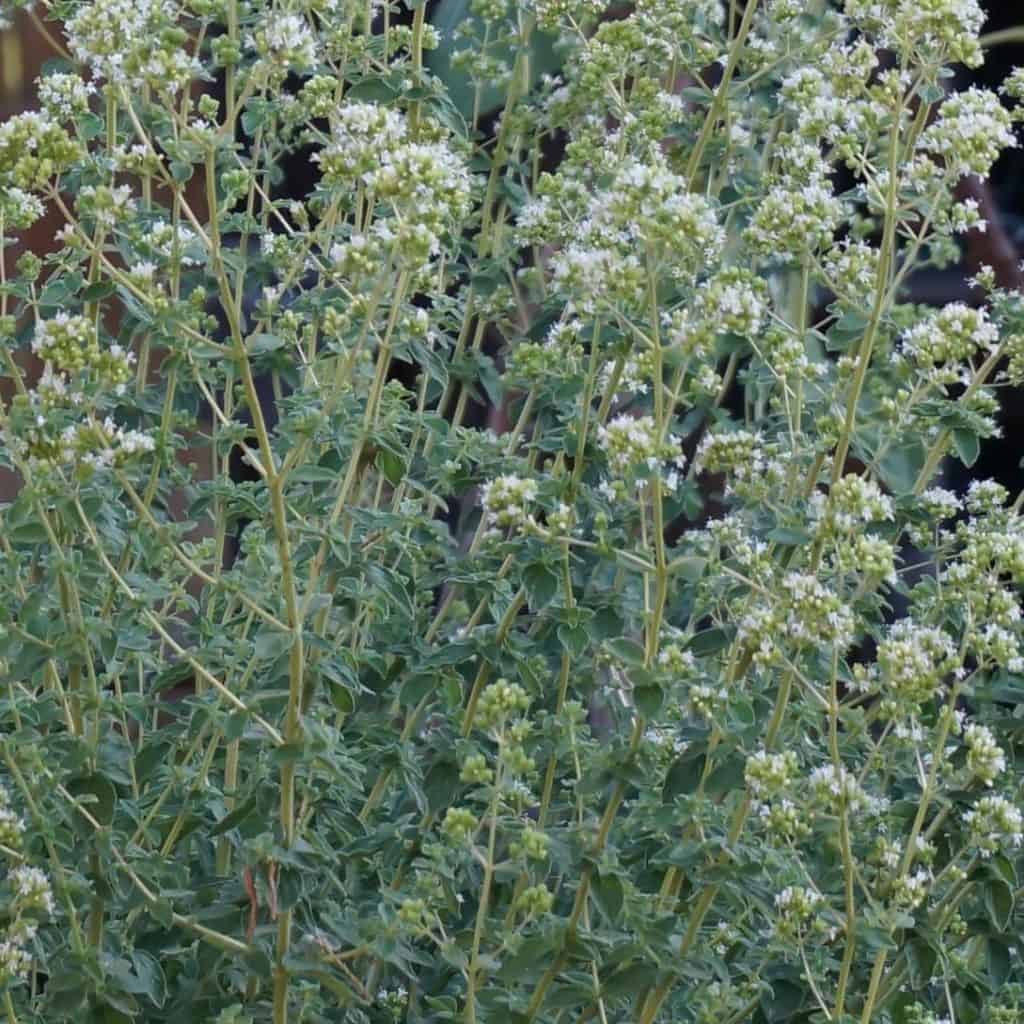
Naturally, Song of Songs has been a joy to dig into for years in the Devotions Blog at Garden in Delight, with a wide range of enticing plants to spice up a Biblical Garden. Refer to these articles for additional ideas for your Bride’s Garden: Verdant (maidenhair fern, Songs 1:16); A Father’s Tree, The Lollipop® Crabapple Story (Songs 2:3); Strengthen Me with Raisins, Refresh Me with Apples (Songs 2:5); Under your Own Vine and Fig Tree (Songs 2:13); Cultivating Calamus (Songs 4:14); God’s Focus in Saffron Crocus (Songs 4:14); Eaglewood in God’s Word (aloes, Songs 4:14); Pistachio Cookies or A Lenten Look at Trees: Almond (nut trees, Songs 6:11); Blue Wheat (Songs 7:2); Fresh Kale & Date Salad (Songs 7:8). Additionally, Song of Songs includes 5 of the 7 Species, read more at The 7 Species: A Garden-to-Table Guide
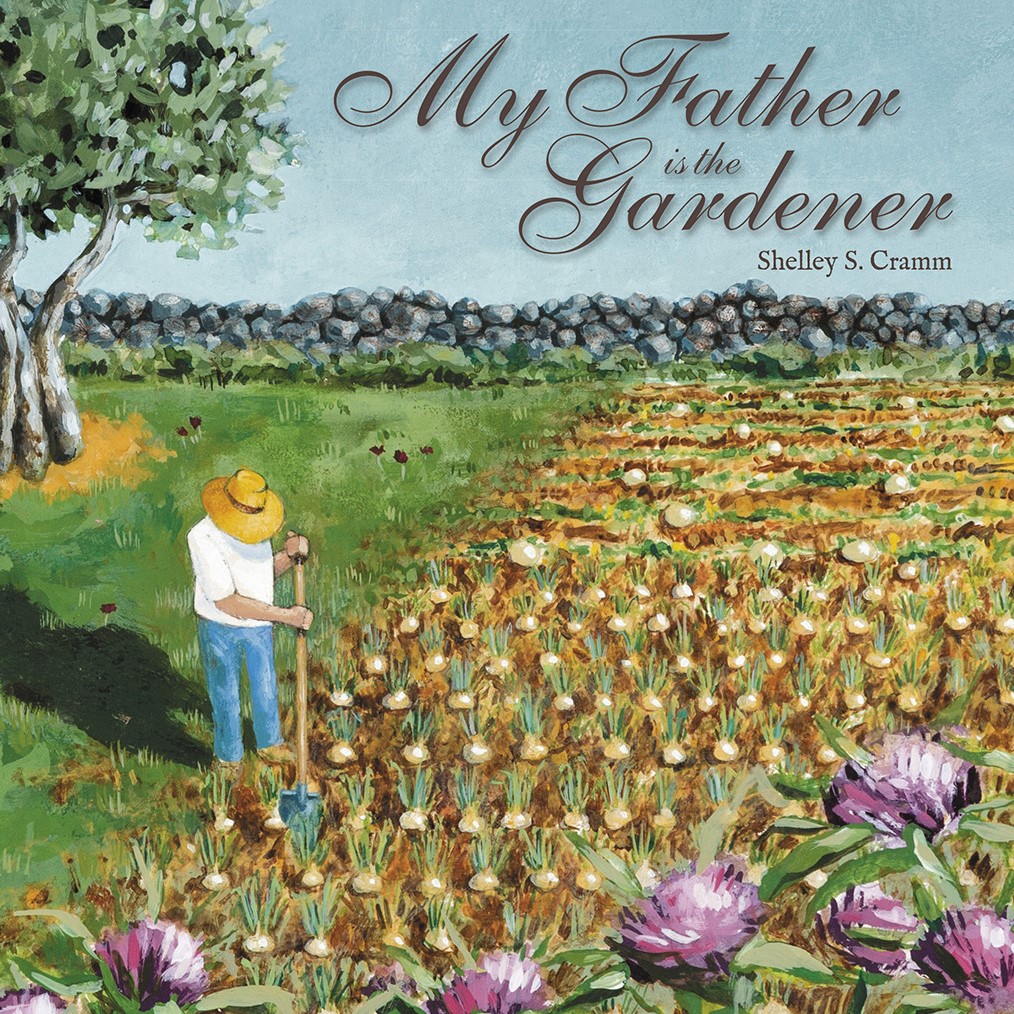
Do you love connecting God’s Word to your gardening work and the trees and plants around you? You will love my new book, My Father is the Gardener, Devotions in Botany and Gardening of the Bible, order at this link.
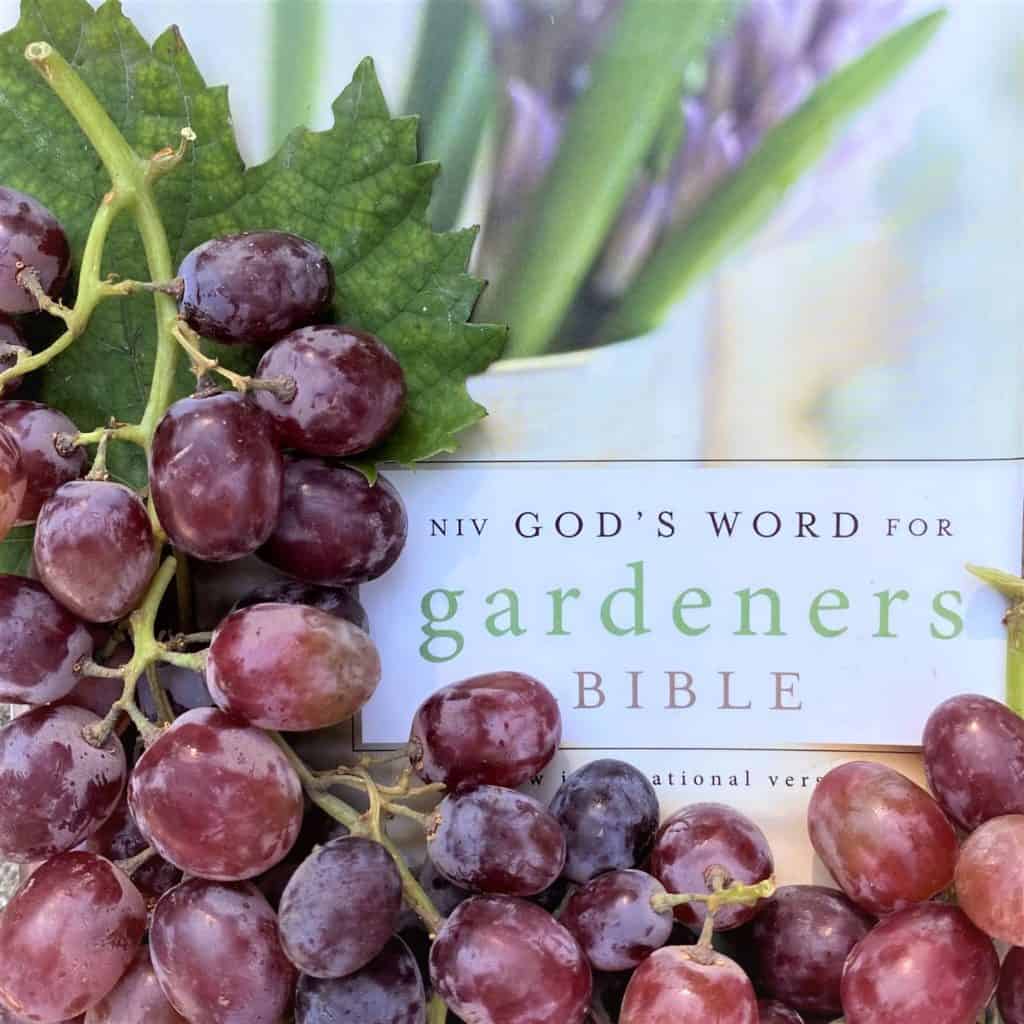
Read more devotions on the Song of Songs gardens in God’s Word for Gardeners Bible in the Garden Tour section on En Gedi, beginning on page a-16

Find each year’s Lent series from the Devotions Blog on a new webpage called Series of 7 Studies. They are 7-part, successive devotions focused on garden topics in God’s Word to dig into at any time
Photo Credits: ©2024 Shelley S. Cramm
GNT denotes Scripture quotations from the Good News Translation® (Today’s English Version, Second Edition) Copyright © 1992 American Bible Society. All rights reserved.
NCV denotes Scripture quotations taken from the New Century Version®. Copyright © 2005 by Thomas Nelson. Used by permission. All rights reserved.
NIV denotes Scripture quotations taken from the Holy Bible, New International Version®, NIV®. Copyright © 1973, 1978, 1984, 2011 by Biblica, Inc.® Used by permission of Zondervan. All rights reserved worldwide. www.zondervan.com The “NIV” and “New International Version” are trademarks registered in the United States Patent and Trademark Office by Biblica, Inc.®
TPT denotes Scripture quotations taken from The Passion Translation®. Copyright © 2017, 2018, 2020 by Passion & Fire Ministries, Inc. Used by permission. All rights reserved. ThePassionTranslation.com

